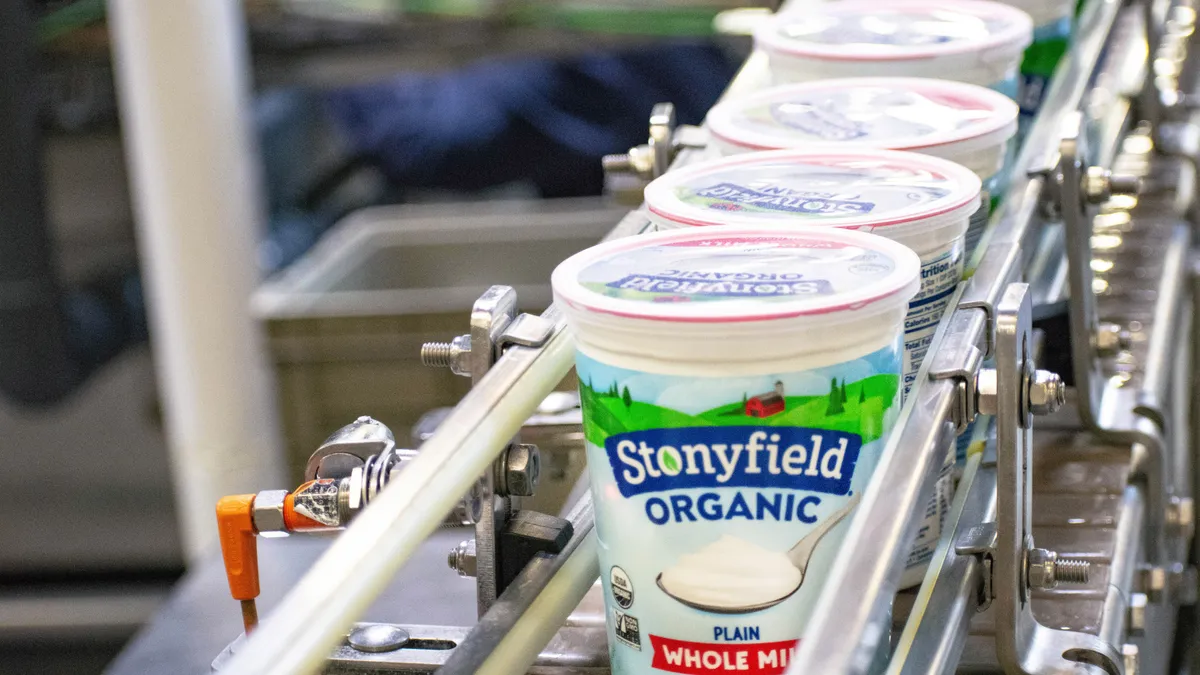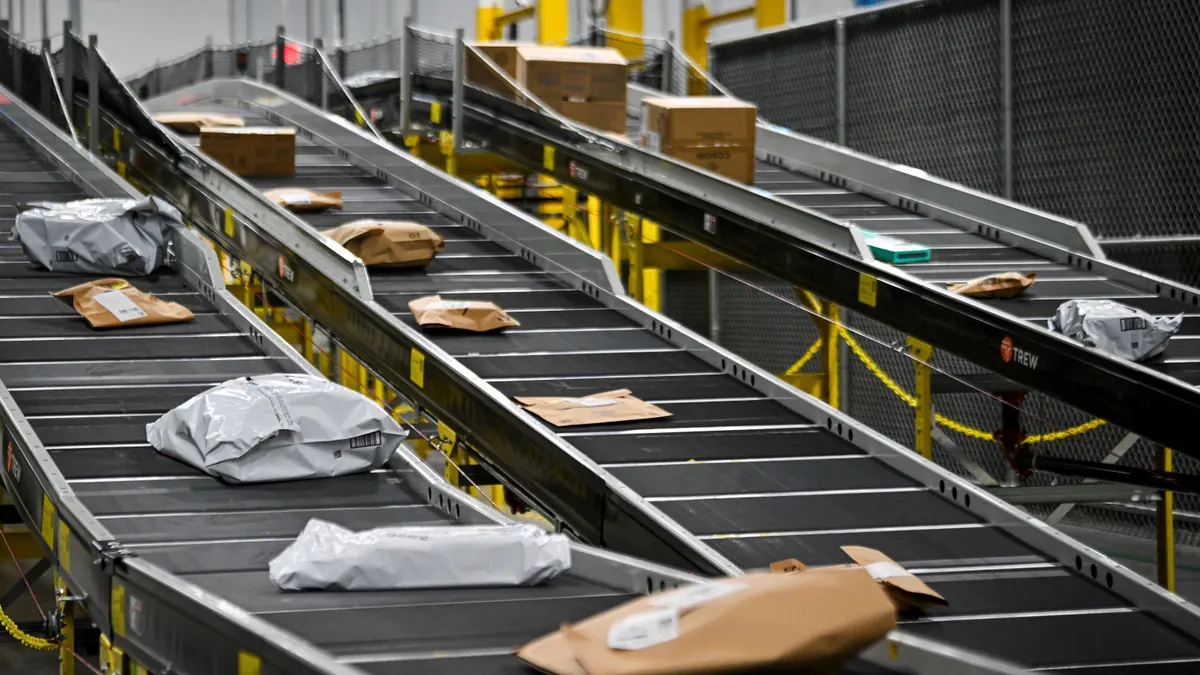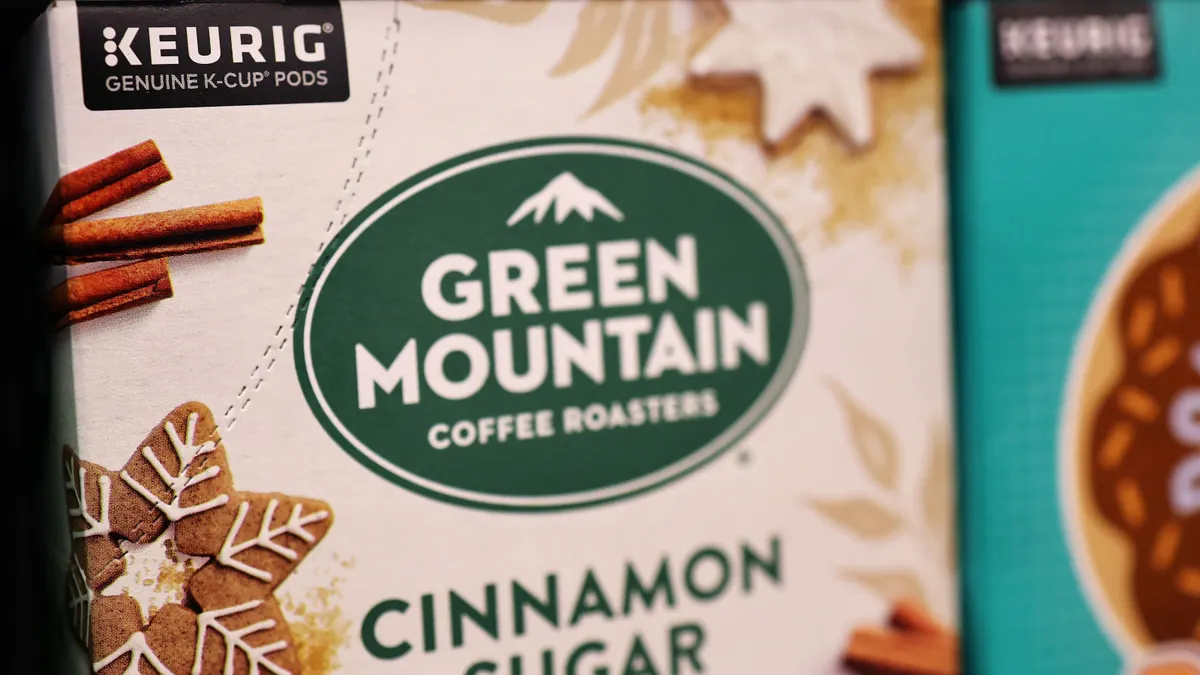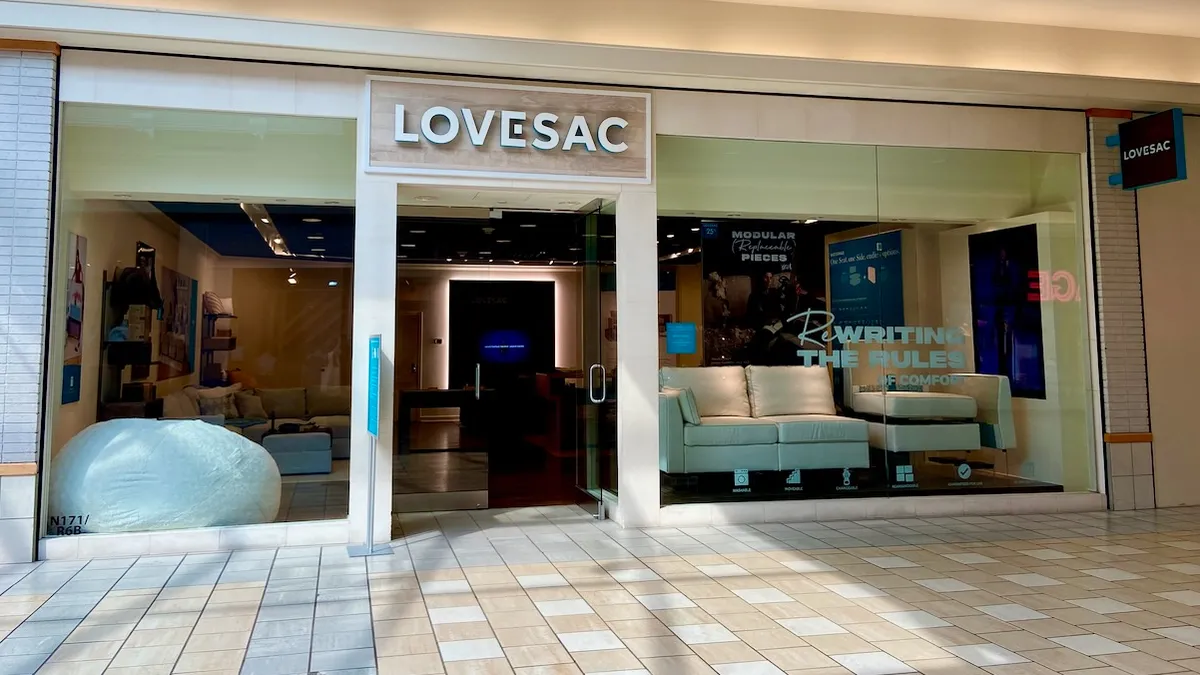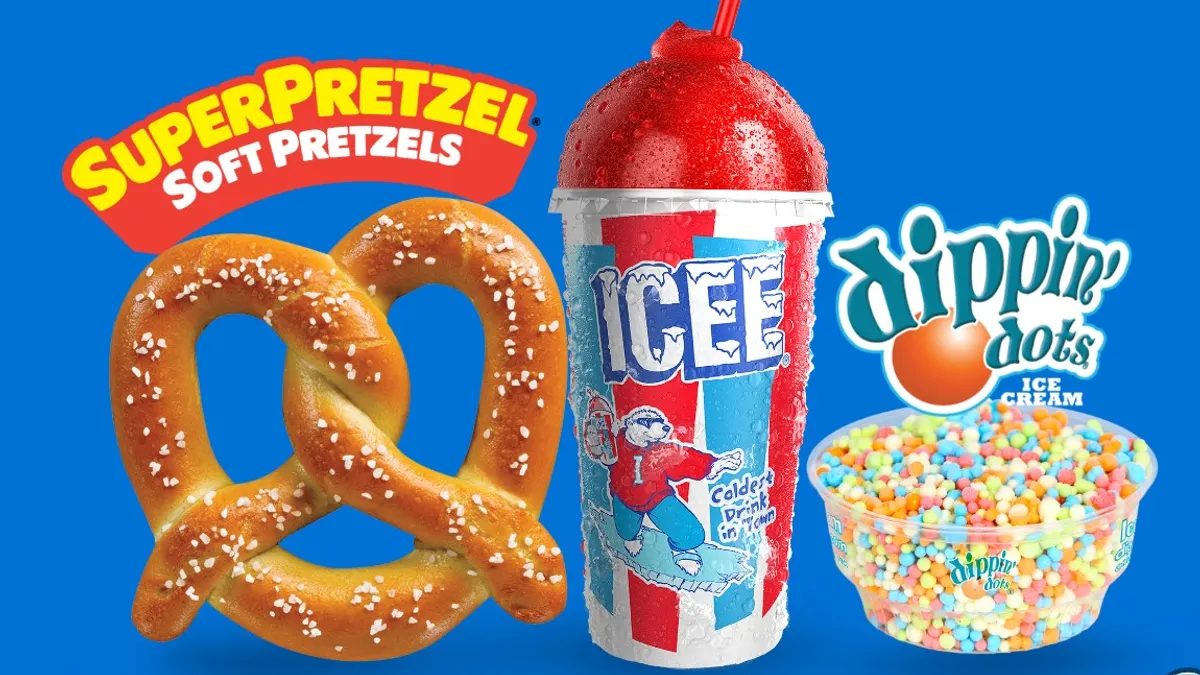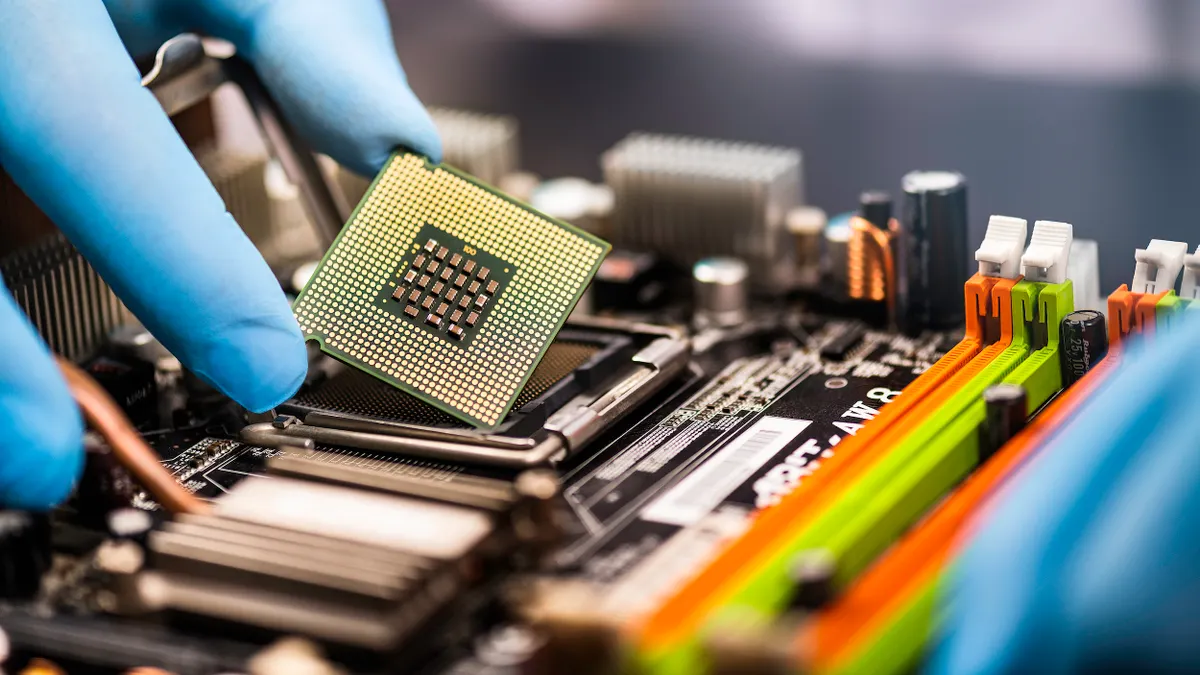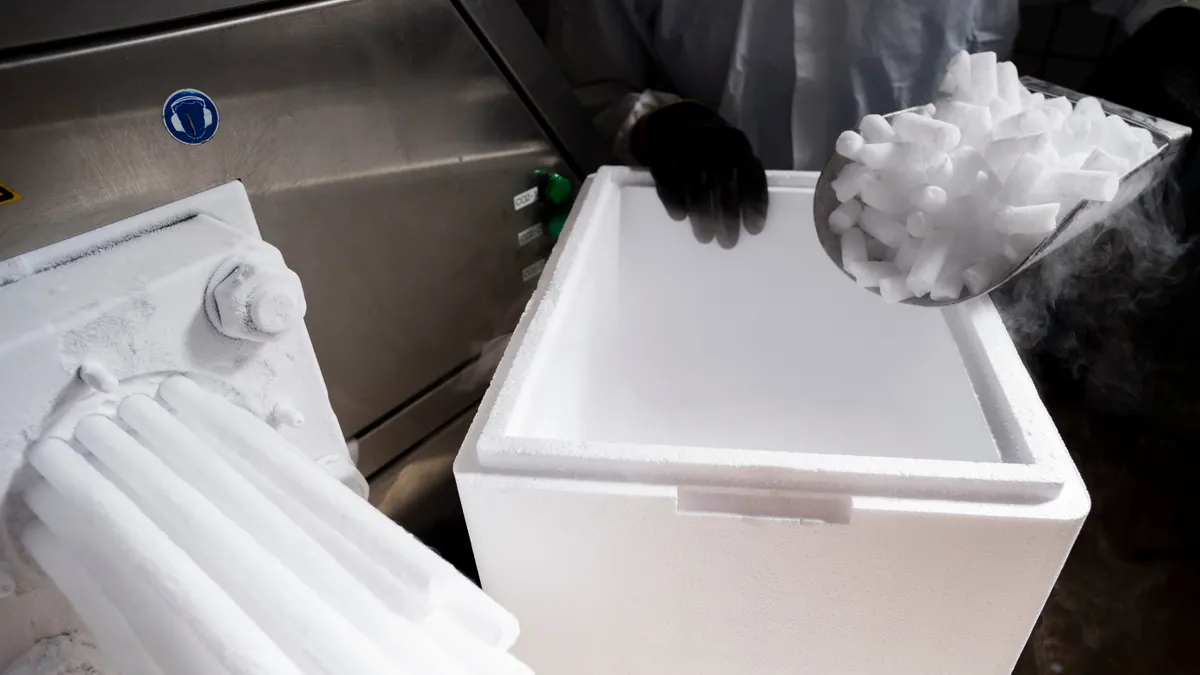Expired yogurt. Cardboard cartons. Pallets and plastic jugs. Wilted lettuce. Steel drums. Is it ecologically sound policy to send multiple trucks to transport waste products for separate recycling and diversion, when one dump truck could haul it all away?
This is just one question companies face when devising a waste reduction policy to improve sustainability and in some cases reach carbon neutrality.
Carbon neutral pledges are more than just show to some companies. Executives are cognizant that consumers and investors are watching their actions to reduce emissions and realize their pledges have other positive impacts on the company, including financial ones. A trash compactor may be the easiest disposal method, but pulling material with value out of the waste stream can save money, or at worst, be cost neutral, said Ray Hatch, CEO of Quest Resource Management Group.
Instead of sending tons of material to landfill, companies are identifying their waste streams with economic value and sending those materials to recycling facilities. Firms can calculate the carbon footprint involved with waste and landfill and if diversion would yield additional savings, Vanessa Lepice, former VP of marketing and new business development at Quest Resource Management Group, said to Supply Chain Dive.
Consumer sentiment now makes waste reduction a priority. "It’s becoming more prevalent, especially generationally; 30 to 40 years ago, nobody cared," Hatch told Supply Chain Dive.
An inside look at Stonyfield: waste reduction's role in carbon footprint
While yogurt company Stonyfield Organic has been focused on environmental issues for decades, it made a renewed effort in 2019 when the company announced a commitment to reduce its carbon footprint by 30% by 2030, focusing on five main work areas: dairy and agriculture, energy, logistics, packaging and waste. "Waste is its own category, but it does touch on all the other ones as well," Lisa Drake, Stonyfield’s director of sustainability innovation, told Supply Chain Dive.
"Every cup of yogurt we make has the same carbon footprint, whether it’s eaten by the consumer or not."

Lisa Drake
Director of sustainability innovation, Stonyfield
Waste reduction impacts many parts of the supply chain, including growing or collecting raw materials, manufacturing, packaging and shipping. Diversion and recycling to avoid the landfill is one element.
"Every cup of yogurt we make has the same carbon footprint, whether it’s eaten by the consumer or not," Drake said. "The packaging was made from fossil fuels and trees, and yogurt came from the farm," she said. The farm produces emissions from the cows, feed and transportation. "If at the end the product is waste, there’s nothing to show for it."
Food
In the U.S., 30.6 million tons of food went to the landfill in 2017 (the latest data available), according to the Environmental Protection Agency (EPA). That’s about 75% of total food waste, comprising 22% of municipal solid waste (MSW) landfill.
Almost 7.5 million tons of food waste is converted to energy through combustion of MSW, and 2.57 million tons is composted. In addition to composting and anaerobic food digesters, some of Quest clients' food waste is diverted to animal feeding programs, Hatch said.

Courtesy of Stonyfield
If Stonyfield’s yogurt expires before leaving the factory, the yogurt is extracted from the packaging and sent it to a wastewater treatment digester, which produces the energy needed to run itself. This used to be done on site, as Stonyfield has its own manufacturing facility wastewater digester. But due to capacity issues, Stonyfield now takes products that can’t be sold or eaten to a depackaging site. There it’s "squished out" into the wastewater to be digested into biogas, said Drake.
Cardboard and plastic
Materials like cardboard and plastics have resale value, and businesses are relatively disciplined about recycling these, due to the economic incentives and sustainability goals, said Hatch. "When we get cardboard from clients, it’s typically clean and in a container loosely stacked, or bailed in optimum sizes for mills," he said.
That cardboard is then sold for reuse. Though prices are lower than last year, it’s still more valuable to sell it for recycling than to send it to a landfill.
When Stonyfield recycles its uneaten yogurt, "the ultimate dream was to have the packaging recycled as well, but we never quite got there," Drake said. The problem is separating the materials. A truckload with a large amount of one product using polypropylene cups could be separated out, but small quantities of products with an assortment of PET bottles, cups and pouches made of flexible film, is too difficult, according to Drake.
Metal
"Metal has the highest impact" in recycling, said Lepice, given its value. Ferrous metals, iron and steel, are the largest category of metals in MSW. In 2017, about 10.4 million tons of ferrous metals went into the landfill, while about 6 million tons were recycled and 2.9 million tons were converted to energy through combustion of MSW, according to the EPA.
It takes 75% less energy to make a steel product with recycled steel versus with virgin steel, and 95% less energy to make aluminum cans with recycled aluminum.
Measuring waste reduction with KPIs
Businesses must be able to measure and track waste, to reduce carbon emissions and landfill contributions and meet sustainability pledges. The biggest metric in waste reduction, Hatch said, is diversion from the landfill.
Stonyfield has been measuring its recycling efforts since 2006, noting that it has kept 34 million pounds of waste out of incinerators and landfills, and increased its recycling by 51% since 2006.
Stonyfield prioritizes waste reduction across the entire product lifecycle. Drake said packaging accounts for about 8% of Stonyfield’s total carbon footprint. The company produces the lightest weight packaging possible, and the yogurt containers weigh the same as a paper clip.
"The components matter," Drake said, as there are different gas emission factors associated with aluminum, glass, recycled and virgin cardboard. Stonyfield uses some plant-based packaging for smoothie bottles and multipack yogurts, which the company says reduced greenhouse gas emissions by 65% and 48% respectively.

Companies can calculate emissions using the EPA’s Waste Reduction Model (WARM), with its calculation and reporting tool for baseline and ongoing greenhouse gas emissions. The online tool can adjust with changes in waste management practices.
Stonyfield uses some of the same metrics as other businesses to measure waste: raw material losses, finished good losses and inventory losses for expired product. "We’re measuring those because they have a financial impact, but also we’ve started the process to layer in greenhouse gasses. We can see [the impacts] on more than one level," Drake said.
Developing a waste reduction program
Companies start with an assessment, measuring current carbon emissions to determine the baseline, said Lepice. A company should determine goals, timelines and budgets, and a gap analysis to see where the company is falling short.
Quest has companies start with the waste streams that can be most easily recycled, then move to more difficult waste streams. Then comes tracking, retraining and measuring. "It takes continuous effort," Lepice said.
Companies can also look earlier in the product lifecycle, to use more input materials with recycled components. Plant-based plastics generally have a lower carbon footprint than fossil-fuel produced plastics, said Drake. "You have to look at a range of options and not just think about recycling," she said, as it’s important to consider the product’s entire lifecycle.
"A sustainability office, if they had one, used to be window dressing. Now [sustainability] is more mainstream."

Ray Hatch
CEO, Quest Resource Management Group
Stonyfield has two different pouch designs using different components. While the consumer doesn’t notice this, it’s based on manufacturing. Aluminum acts as a barrier and has functionality, but a higher carbon footprint. Materials have different performance factors and costs, and it’s important to protect product quality.
Stonyfield started using carbon offsets 20 years ago, said Drake, and the company invests enough in programs to offset the facilities’ greenhouse gas emissions. In addition to investing in programs like installing efficient boilers in schools, Stonyfield also works with dairy farmers on soil health and measurements for decision making.
Larger companies are moving sustainability from the realm of pet projects to engraining them into processes and best practices. "A sustainability office, if they had one, used to be window dressing. Now [sustainability] is more mainstream, and in the publications that everyone reads in the board rooms," said Hatch.
This story was first published in our weekly newsletter, Supply Chain Dive: Operations. Sign up here.


